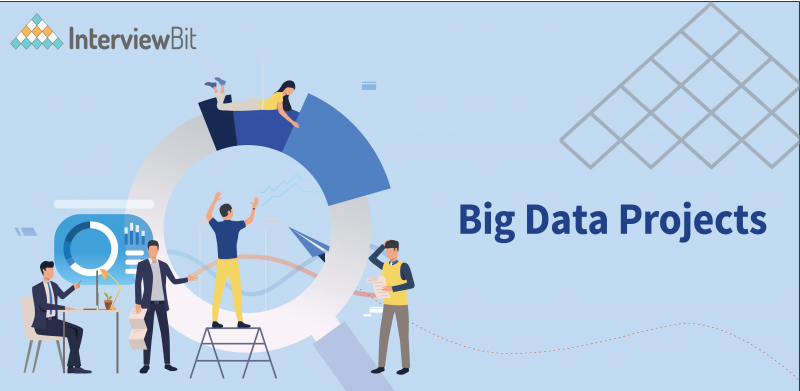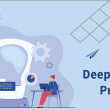Introduction
Almost 6,500 million linked gadgets communicate data via the Internet nowadays. This figure will climb to 20,000 million by 2025. This “sea of data” is analyzed by big data to translate it into the information that is reshaping our world. Big data refers to massive data volumes – both organized and unstructured – that bombard enterprises daily. But it’s not simply the type or quantity of data that matters; it’s also what businesses do with it. Big data may be evaluated for insights that help people make better decisions and feel more confident about making key business decisions. Big data refers to vast, diversified amounts of data that are growing at an exponential rate. The volume of data, the velocity or speed with which it is created and collected, and the variety or scope of the data points covered (known as the “three v’s” of big data) are all factors to consider. Big data is frequently derived by data mining and is available in a variety of formats.
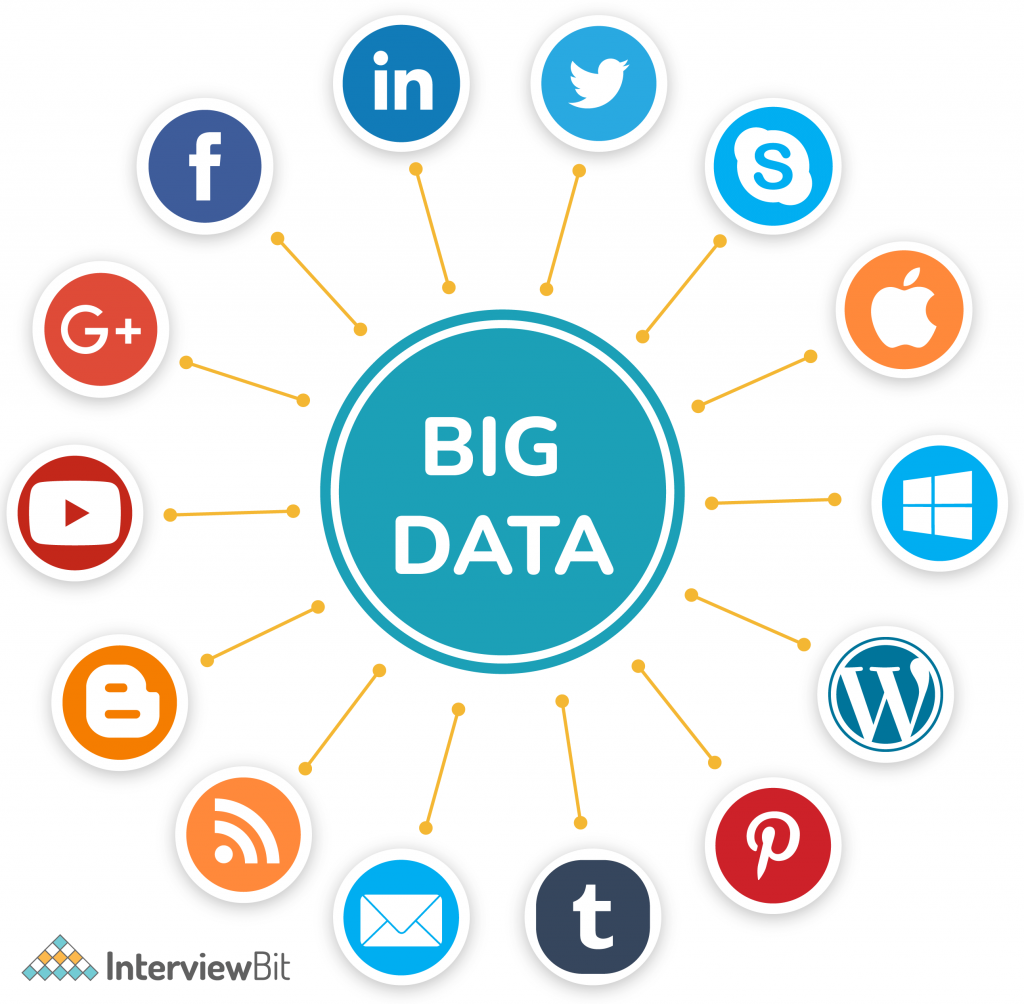
Unstructured and structured big data are two types of big data. For large data, the term structured data refers to data that has a set length and format. Numbers, dates, and strings, which are collections of words and numbers, are examples of organized data. Unstructured data is unorganized data that does not fit into a predetermined model or format. It includes information gleaned from social media sources that aid organizations in gathering information on customer demands.
Key Takeaway
Confused about your next job?
- Big data is a large amount of diversified information that is arriving in ever-increasing volumes and at ever-increasing speeds.
- Big data can be structured (typically numerical, readily formatted, to and saved) or unstructured (often non-numerical, difficult to format and store) (more free-form, less quantifiable).
- Big data analysis may benefit nearly every function in a company, but dealing with the clutter and noise can be difficult.
- Big data can be gathered willingly through personal devices and applications, through questionnaires, product purchases, and electronic check-ins, as well as publicly published remarks on social networks and websites.
- Big data is frequently kept in computer databases and examined with software intended to deal with huge, complicated data sets.
Just knowing the theory of big data isn’t going to get you very far. You’ll need to put what you’ve learned into practice. You may put your big data talents to the test by working on big data projects. Projects are an excellent opportunity to put your abilities to the test. They’re also great for your resume. In this article, we are going to discuss some great Big Data projects that you can work on to showcase your big data skills.
Big Data Project Ideas
Projects For Beginners
1. Traffic control using Big Data

Big Data initiatives that simulate and predict traffic in real-time have a wide range of applications and advantages. The field of real-time traffic simulation has been modeled successfully. However, anticipating route traffic has long been a challenge. This is because developing predictive models for real-time traffic prediction is a difficult endeavor that involves a lot of latency, large amounts of data, and ever-increasing expenses.
The following project is a Lambda Architecture application that monitors the traffic safety and congestion of each street in Chicago. It depicts current traffic collisions, red light, and speed camera infractions, as well as traffic patterns on 1,250 street segments within the city borders.
These datasets have been taken from the City of Chicago’s open data portal:
- Traffic Crashes shows each crash that occurred within city streets as reported in the electronic crash reporting system (E-Crash) at CPD. Citywide data are available starting September 2017.
- Red Light Camera Violations reflect the daily number of red light camera violations recorded by the City of Chicago Red Light Program for each camera since 2014.
- Speed Camera Violations reflect the daily number of speed camera violations recorded by each camera in Children’s Safety Zones since 2014.
- Historical Traffic Congestion Estimates estimates traffic congestion on Chicago’s arterial streets in real-time by monitoring and analyzing GPS traces received from Chicago Transit Authority (CTA) buses.
- Current Traffic Congestion Estimate shows current estimated speed for street segments covering 300 miles of arterial roads. Congestion estimates are produced every ten minutes.
The project implements the three layers of the Lambda Architecture:
- Batch layer – manages the master dataset (the source of truth), which is an immutable, append-only set of raw data. It pre-computes batch views from the master dataset.
- Serving layer – responds to ad-hoc queries by returning pre-computed views (from the batch layer) or building views from the processed data.
- Speed layer – deals with up-to-date data only to compensate for the high latency of the batch layer
Source Code – Traffic Control
2. Search Engine
To comprehend what people are looking for, search engines must deal with trillions of network objects and monitor the online behavior of billions of people. Website material is converted into quantifiable data by search engines. The given project is a full-featured search engine built on top of a 75-gigabyte In this project, we will use several datasets like stopwords.txt (A text file containing all the stop words in the current directory of the code) and wiki_dump.xml (The XML file containing the full data of Wikipedia). Wikipedia corpus with sub-second search latency. The results show wiki pages sorted by TF/IDF (stands for Term Frequency — Inverse Document Frequency) relevance based on the search term/s entered. This project addresses latency, indexing, and huge data concerns with an efficient code and the K-Way merge sort method.
Source Code – Search Engine
3. Medical Insurance Fraud Detection

A unique data science model that uses real-time analysis and classification algorithms to assist predict fraud in the medical insurance market. This instrument can be utilized by the government to benefit patients, pharmacies, and doctors, ultimately assisting in improving industry confidence, addressing rising healthcare expenses, and addressing the impact of fraud. Medical services deception is a major problem that costs Medicare/Medicaid and the insurance business a lot of money.
4 different Big Datasets have been joined in this project to get a single table for final data analysis. The datasets collected are:
- Part D prescriber services- data such as name of doctor, addres of doctor, disease, symptoms etc.
- List of Excluded Individuals and Entities (LEIE) database: This database contains a rundown of people and substances that are prohibited from taking an interest in governmentally financed social insurance programs (for example Medicare) because of past medicinal services extortion.
- Payments Received by Physician from Pharmaceuticals
- CMS part D dataset- data by Center of Medicare and Medicaid Services
It has been developed by taking consideration of different key features with applying different Machine Learning Algorithms to see which one performs better. The ML algorithms used have been trained to detect any irregularities in the dataset so that the authorities can be alerted.
Source Code – Medical Insurance Fraud
4. Data Warehouse Design for an E-Commerce Site

A data warehouse is essentially a vast collection of data for a company that assists the company in making educated decisions based on data analysis. The data warehouse designed in this project is a central repository for an e-commerce site, containing unified data ranging from searches to purchases made by site visitors. The site can manage supply based on demand (inventory management), logistics, the price for maximum profitability, and advertisements based on searches and things purchased by establishing such a data warehouse. Recommendations can also be made based on tendencies in a certain area, as well as age groups, sex, and other shared interests. This is a data warehouse implementation for an e-commerce website “Infibeam” which sells digital and consumer electronics.
Source Code – Data Warehouse Design
5. Text Mining Project

You will be required to perform text analysis and visualization of the delivered documents as part of this project. For beginners, this is one of the best deep learning project ideas. Text mining is in high demand, and it can help you demonstrate your abilities as a data scientist. You can deploy Natural Language Process Techniques to gain some useful information from the link provided below. The link contains a collection of NLP tools and resources for various languages.
Source Code – Text Mining
Intermediate Big Data Projects
6. Big Data Cybersecurity

The major goal of this Big Data project is to use complex multivariate time series data to exploit vulnerability disclosure trends in real-world cybersecurity concerns. This project consists of outlier and anomaly detection technologies based on Hadoop, Spark, and Storm are interwoven with the system’s machine learning and automation engine for real-time fraud detection and intrusion detection to forensics.
For independent Big Data Multi-Inspection / Forensics of high-level risks or volume datasets exceeding local resources, it uses the Ophidia Analytics Framework. Ophidia Analytics Framework is an open-source big data analytics framework that contains cluster-aware parallel operators for data analysis and mining (subsetting, reduction, metadata processing, and so on). The framework is completely connected with Ophidia Server: it takes commands from the server and responds with alerts, allowing processes to run smoothly.
Lumify, an open-source big data analysis, and visualization platform are also included in the Cyber Security System to provide big data analysis and visualization of each instance of fraud or intrusion events into temporary, compartmentalized virtual machines, which creates a full snapshot of the network infrastructure and infected device, allowing for in-depth analytics, forensic review, and providing a transportable threat analysis for Executive level next-steps.
Lumify, a big data analysis and visualization tool developed by Cyberitis is launched using both local and cloud resources (customizable per environment and user). Only the backend servers (Hadoop, Accumulo, Elasticsearch, RabbitMQ, Zookeeper) are included in the Open Source Lumify Dev Virtual Machine. This VM allows developers to get up and running quickly without having to install the entire stack on their development workstations.
Source Code – Big Data Cybersecurity
7. Crime Detection

The following project is a Multi-class classification model for predicting the types of crimes in Toronto city. The developer of the project, using big data ( The dataset collected includes every major crime committed from 2014-2017* in the city of Toronto, with detailed information about the location and time of the offense), has constructed a multi-class classification model using a Random Forest classifier to predict the type of major crime committed based on time of day, neighborhood, division, year, month, etc. using data sourced from Toronto Police.
The use of big data analytics here is to discover crime tendencies automatically. If analysts are given automated, data-driven tools to discover crime patterns, these tools can help police better comprehend crime patterns, allowing for more precise estimates of past crimes and increasing suspicion of suspects.
Source Code – Crime Detection
8. Disease Prediction Based on Symptoms

With the rapid advancement of technology and data, the healthcare domain is one of the most significant study fields in the contemporary era. The enormous amount of patient data is tough to manage. Big Data Analytics makes it easier to manage this information (Electronic Health Records are one of the biggest examples of the application of big data in healthcare). Knowledge derived from big data analysis gives healthcare specialists insights that were not available before. In healthcare, big data is used at every stage of the process, from medical research to patient experience and outcomes. There are numerous ways of treating various ailments throughout the world. Machine Learning and Big Data are new approaches that aid in disease prediction and diagnosis. This research explored how machine learning algorithms can be used to forecast diseases based on symptoms. The following algorithms have been explored in code:
- Naive Bayes
- Decision Tree
- Random Forest
- Gradient Boosting
Source Code – Disease Prediction
9. Yelp Review Analysis

Yelp is a forum for users to submit reviews and rate businesses with a star rating. According to studies, an increase of one star resulted in a 59 percent rise in income for independent businesses. As a result, we believe the Yelp dataset has a lot of potential as a powerful insight source. Customer reviews of Yelp is a gold mine waiting to be discovered.
This project’s main goal is to conduct in-depth analyses of seven different cuisine types of restaurants: Korean, Japanese, Chinese, Vietnamese, Thai, French, and Italian, to determine what makes a good restaurant and what concerns customers, and then make recommendations for future improvement and profit growth. We will mostly evaluate customer evaluations to determine why customers like or dislike the business. We can turn the unstructured data (reviews) into actionable insights using big data, allowing businesses to better understand how and why customers prefer their products or services and make business improvements as rapidly as feasible.
Source Code – Review Analysis
10. Recommendation System

Thousands, millions, or even billions of objects, such as merchandise, video clips, movies, music, news, articles, blog entries, advertising, and so on, are typically available through online services. The Google Play Store, for example, has millions of apps and YouTube has billions of videos. Netflix Recommendation Engine, their most effective algorithm, is made up of algorithms that select material based on each user profile. Big data provides plenty of user data such as past purchases, browsing history, and comments for Recommendation systems to deliver relevant and effective recommendations. In a nutshell, without massive data, even the most advanced Recommenders will be ineffective. Big data is the driving force behind our mini-movie recommendation system. Over 3,000 titles are filtered at a time by the engine, which uses 1,300 suggestion clusters depending on user preferences. It’s so accurate that customized recommendations from the engine drive 80 percent of Netflix viewer activity. The goal of this project is to compare the performance of various recommendation models on the Hadoop Framework.
Source Code – Recommendation System
Advanced Projects
11. Anomaly Detection in Cloud Servers
Anomaly detection is a useful tool for cloud platform managers who want to keep track of and analyze cloud behavior in order to improve cloud reliability. It assists cloud platform managers in detecting unexpected system activity so that preventative actions can be taken before a system crash or service failure occurs.
This project provides a reference implementation of a Cloud Dataflow streaming pipeline that integrates with BigQuery ML, Cloud AI Platform to perform anomaly detection. A key component of the implementation leverages Dataflow for feature extraction & real-time outlier identification which has been tested to analyze over 20TB of data.
Source Code – Anomaly Detection
12. Smart Cities Using Big Data
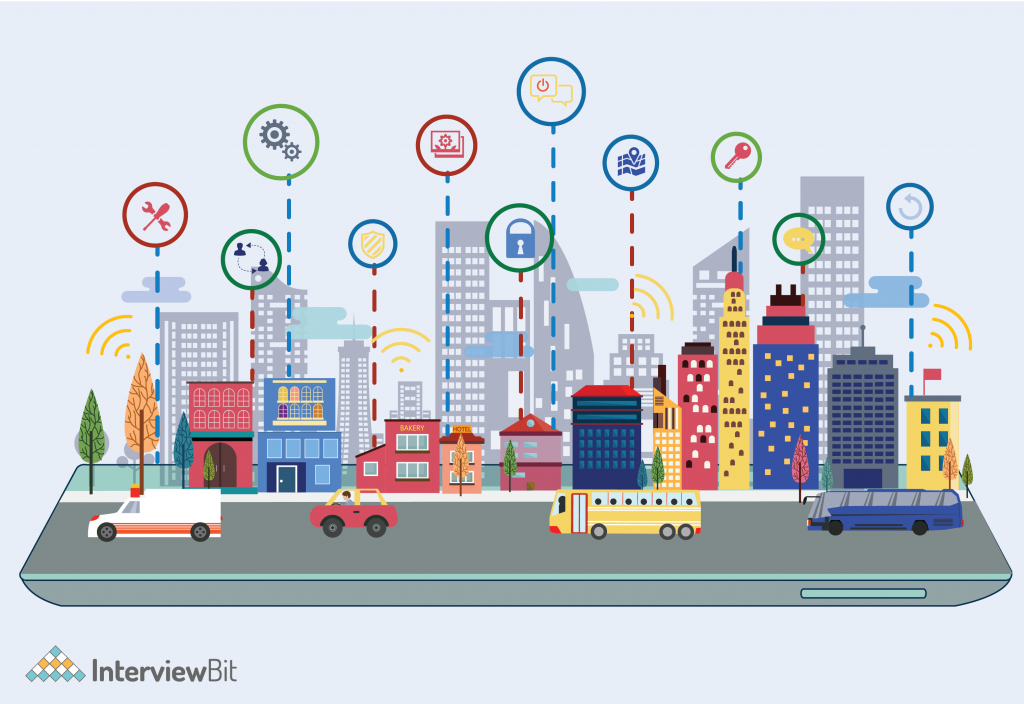
A smart city is a technologically advanced metropolitan region that collects data using various electronic technologies, voice activation methods, and sensors. The information gleaned from the data is utilized to efficiently manage assets, resources, and services; in turn, the data is used to improve operations throughout the city. Data is collected from citizens, devices, buildings, and assets, which is then processed and analyzed to monitor and manage traffic and transportation systems, power plants, utilities, water supply networks, waste, crime detection, information systems, schools, libraries, hospitals, and other community services. Big data obtains this information and with the help of advanced algorithms, smart network infrastructures and various analytics platforms can implement the sophisticated features of a smart city. This smart city reference pipeline shows how to integrate various media building blocks, with analytics powered by the OpenVINO Toolkit, for traffic or stadium sensing, analytics, and management tasks.
Source Code – Smart Cities
13. Tourist Behavior Analysis

This is one of the most innovative big data project concepts. This Big Data project aims to study visitor behavior to discover travelers’ preferences and most frequented destinations, as well as forecast future tourism demand.
What is the role of big data in the project? Because visitors utilize the internet and other technologies while on vacation, they leave digital traces that Big Data can readily collect and distribute – the majority of the data comes from external sources such as social media sites. The sheer volume of data is simply too much for a standard database to handle, necessitating the use of big data analytics. All the information from these sources can be used to help firms in the aviation, hotel, and tourist industries find new customers and advertise their services. It can also assist tourism organizations in visualizing and forecasting current and future trends.
Source Code – Tourist Behavior Analysis
14. Web Server Log Analysis
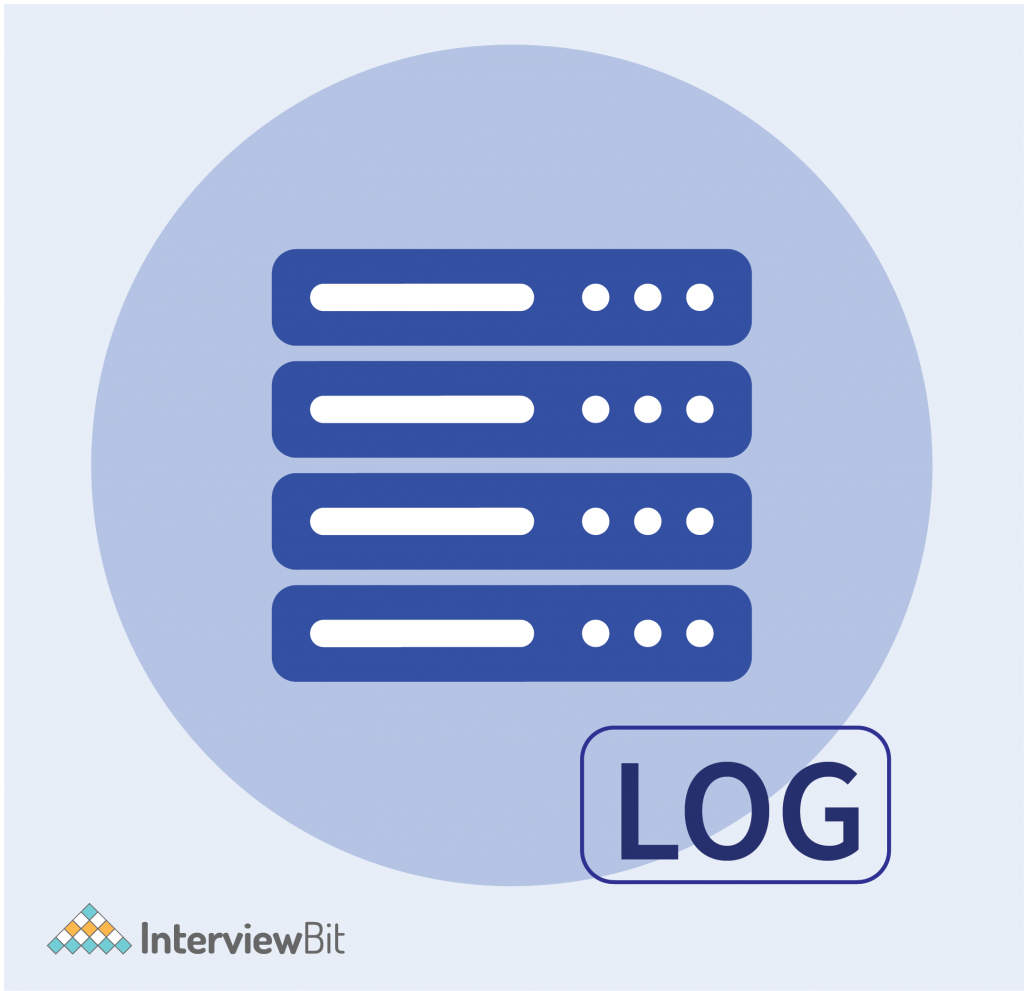
A web server log keeps track of page requests as well as the actions it has taken. To further examine the data, web servers can be used to store, analyze, and mine the data. Page advertising can be determined and SEO (search engine optimization) can be performed in this manner. Web-server log analysis can be used to get a sense of the overall user experience. This type of processing is advantageous to any company that relies largely on its website for revenue generation or client communication. This interesting big data project demonstrates parsing (including incorrectly formatted strings) and analysis of web server log data.
Source Code – Web Server Log Analysis
15. Image Caption Generator
Because of the rise of social media and the importance of digital marketing, businesses must now upload engaging content. Visuals that are appealing to the eye are essential, but subtitles that describe the images are also required. The usage of hashtags and attention-getting subtitles might help you reach out to the right people even more. Large datasets with correlated photos and captions must be managed. Image processing and deep learning are used to comprehend the image, and artificial intelligence is used to provide captions that are both relevant and appealing. Big Data source code can be written in Python. The creation of image captions isn’t a beginner-level Big Data project proposal and is indeed challenging. The project given below uses a neural network to generate captions for an image using CNN (Convolution Neural Network) and RNN (Recurrent Neural Network) with BEAM Search (Beam search is a heuristic search algorithm that examines a graph by extending the most promising node in a small collection.
There are currently rich and colorful datasets in the image description generating work, such as MSCOCO, Flickr8k, Flickr30k, PASCAL 1K, AI Challenger Dataset, and STAIR Captions, which are progressively becoming a trend of discussion. The given project utilizes state-of-the-art ML and big data algorithms to build an effective image caption generator.
Source Code – Image Caption Generator
Big Data Projects: Why are they so Important?
Big Data is a fascinating topic. It helps in the discovery of patterns and outcomes that might otherwise go unnoticed. Big Data is being used by businesses to learn what their customers want, who their best customers are, and why people choose different products. The more information a business has about its customers, the more competitive it is.
It can be combined with Machine Learning to create market strategies based on customer predictions. Companies that use big data become more customer-centric.
This expertise is in high demand and learning it will help you progress your career swiftly. As a result, if you’re new to big data, the greatest thing you can do is brainstorm some big data project ideas.
Conclusion
We’ve examined some of the best big data project ideas in this article. We began with some simple projects that you can complete quickly. After you’ve completed these beginner tasks, I recommend going back to understand a few additional principles before moving on to the intermediate projects. After you’ve gained confidence, you can go on to more advanced projects.
Frequently Asked Questions
What are the 3 types of big data?
Big data is classified into three main types:
- Structured
- Unstructured
- Semi-structured
What can big data be used for?
Some important use cases of big data are:
- Improving Science and research
- Improving governance
- Smart cities
- Understanding and targeting customers
- Understanding and Optimizing Business Processes
- Improving Healthcare and Public Health
- Financial Trading
- Optimizing Machine and Device Performance
What industries use big data?
Big data finds its application in various domains. Some fields where big data can be used efficiently are:
- Travel and tourism
- Financial and banking sector
- Healthcare
- Telecommunication and media
- Banking Sector
- Government and Military
- E-commerce
- Social Media


